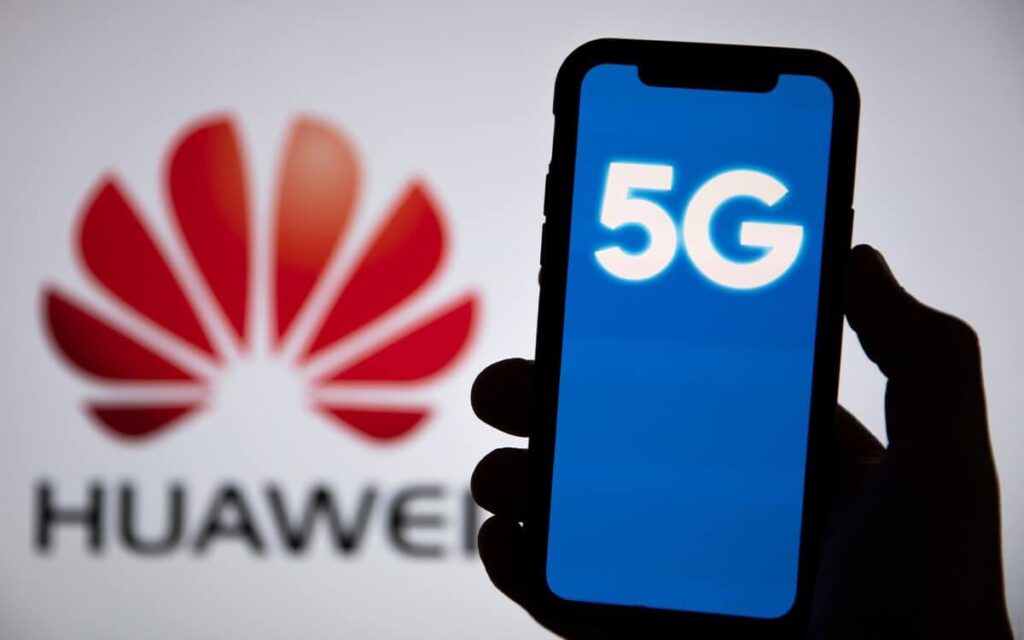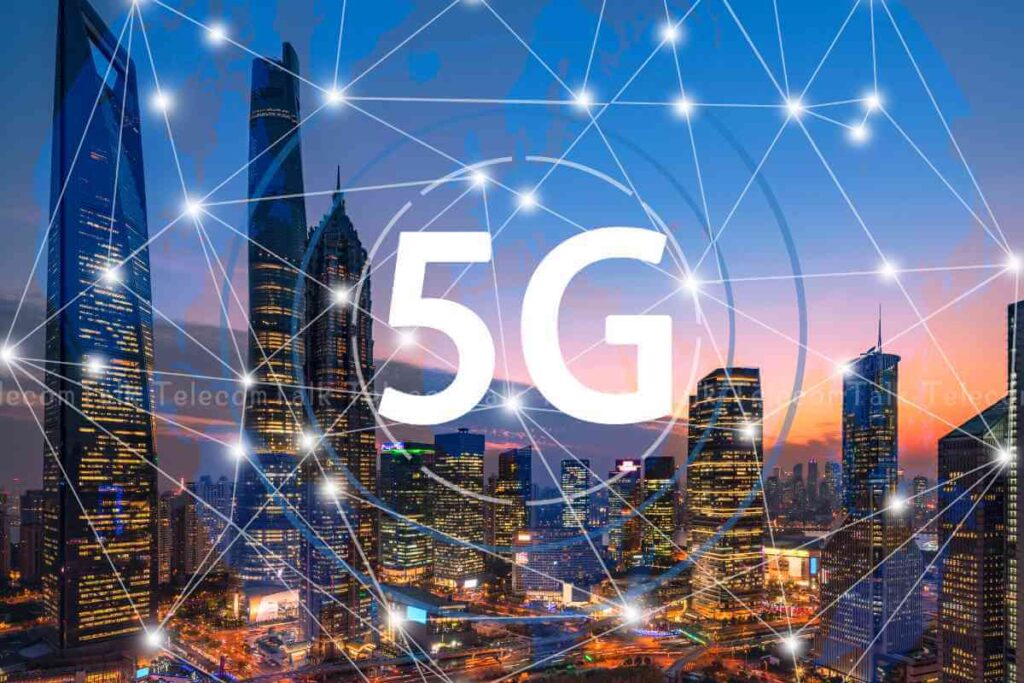By Luanganggang, Cyber Security and Privacy Officer (CSPO), Huawei Tanzania
Unlike previous generations of network technology that paved the way for innovations like smartphones and wireless broadband, 5G’s tremendous improvements in terms of lower latency, faster transmission speeds, and vastly increased network capacity are throwing open the doors to large-scale enterprise digital transformation. For operators, 5G represents yet another investment cycle—one where monetization requires making strategic bets on technology, platforms, business models, and partners. Leading operators are playing to their strengths and understand that delivering transformational enterprise solutions involves working in ecosystems of complementary capabilities.

To meet the increasing requirements for new experiences and applications, 5G scenarios need to be enhanced and expanded. Huawei proposes the 5.5G industry vision and defines three new scenarios that enhance the three standard 5G scenarios. This allows the evolution from supporting Internet of Everything (IoE) to realizing intelligent connection of everything, and creates new value for social development and industry upgrade. The three new scenarios are as follows:
- Centric Broadband Communication (UCBC) will enable a 10-fold increase in uplink bandwidth. This is perfect to support high-volume upload in production and manufacturing scenarios for machine vision and massive broadband Internet of Things (IoT), accelerating their evolution towards intelligence.
- Real-Time Broadband Communication (RTBC) supports high bandwidth and low latency. It will also enable a 10-fold increase in bandwidth at a given latency and reliability, offering an immersive experience for the interaction between the physical and digital worlds.
- Harmonized Communication and Sensing (HCS) extends the capability boundaries of mobile networks and enables centimeter-level positioning and It applies to indoor digital management, intelligent transportation, and low-altitude drone scenarios.

So far in 5G evolution, visions have been proposed, technical directions have been defined, and the pace of standards formulation has been determined. Currently, the action plan is being implemented. As the communications industry has high expectations for the future development and evolution of 5G, Huawei will continue to innovate and work with the industry to create a golden decade for 5G.
In general, most threats and challenges faced by 5G security are the same as those faced by 4G security. However, the additional security challenges brought by new architectures, services, and technologies to 5G networks must be considered.
When it comes to 5G security, we need to think about it as a balancing act. On one hand, security was built into 5G from the ground up. However, along with the increased bandwidth and speed, a tidal wave of new devices and connections will make managing security much more difficult.
Huawei releases the 5G Security White Paper. It describes 5G security standards, Huawei’s 5G security system, and the joint efforts of stakeholders.







